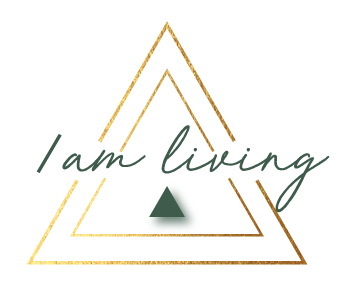
Anxiety and Compassion: Learning to Work with Your Mind 🙌
Anxiety has a way of taking root in the unknown. The moment our brain senses uncertainty, it kicks into “protection mode,” imagining all the worst-case scenarios to help us prepare. But instead of helping us, it usually just paralyzes us.

